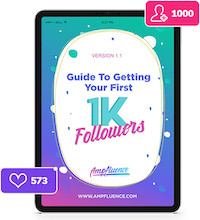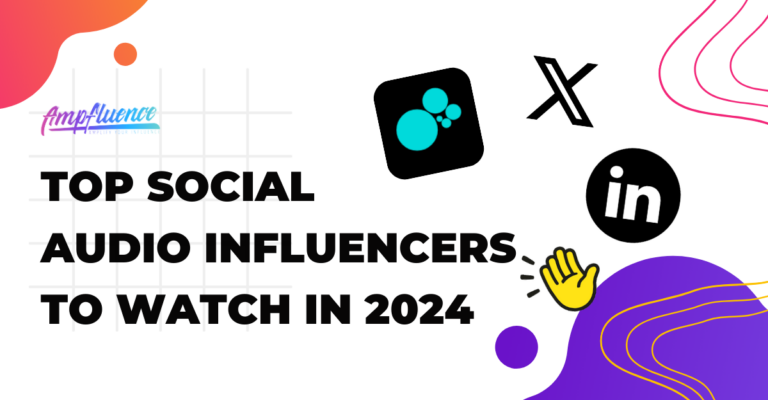Have you ever used a Twitter marketing calendar to strategize your content? If not, then you should consider this feature as a part of your marketing strategy. Twitter marketing calendar works like an editorial calendar that can help you to discover opportunities to connect with your audience year-round through relevant events, occasions, and trends.
Today, we will talk about this feature and how it can help you create a stronger marketing strategy for your brand or business.
Why Do You Need An Editorial Calendar?
The main reason why an editorial calendar is so important is that it allows you to strategize your content. When you have to create huge amounts of content for your blog, for social media, for email marketing campaigns, and any other marketing tactics you’re using it’s imperative to plan and strategize your content.
5 Ways to Strategize and Plan Your Marketing Calendar
There are ways to strategize and plan your marketing calendar. Let’s discuss each step you can follow to achieve your marketing goals.
1. Establish your Content Marketing Objectives
We will start with your business goals. Ask this one question: “How can content marketing help you in achieving those goals?”
Once you know that, you can put together clear marketing goals; such as driving more traffic to your website, improving your SEO, improving your brand awareness and reach, building loyalty amongst your target audience and customers, generating more leads and conversions, and in the end, make more sales.
2. Research Possible Topics and Possible Strategy
Come up with some rough ideas of the type of content you should create in order to reach your marketing objectives. Some examples are like:
- Generate more leads, new customers, and sales
- Create more valuable content to attract audiences
- To drive more traffic to your website
- Improving search engine optimization (SEO)
- Build loyalty and trust toward your brand and business
Once those ideas are collected, do more research including looking at some of your competitors’ content. Get insight as much as possible to create great content that not only brings value but also communicates our brand voice.
3. Content Research and Understanding your Analytics
In order to be more strategic with your content, you also need to research your audience and the types of content they prefer; you can do so by looking at your own analytics. analyze top-performing content in your niche: What types of content generate the most shares? What are the most effective headlines? What content formats work best with your audience? Which topics are most popular? Which of your content generates the most traffic?
4. Coming up with Content Ideas
At this stage, you already have a lot of information about your target audience, their preferences, as well as your own content marketing objectives. This is the ideal time to start planning your actual headlines. If you’re part of a larger team, it’s very helpful to brainstorm content ideas together as that can generate better ideas and ideas that you might not have thought of initially. As you come up with headline and topic ideas, before adding them to your calendar, take the time to consider one important question: how will this specific piece of content help me achieve my marketing goals?
5. Continuously Monitor your Results and Optimize your Strategy
No editorial calendar should be completely set in stone; in fact, it’s a great practice to closely monitor your content’s results and use that information to optimize your calendar and, consequently, your content marketing strategy.
Conclusion
Content marketing is a very time-consuming task but it’s also highly effective when done right. In order to generate better results from your content marketing, try to plan your editorial calendar in advance, particularly by focusing on your marketing objectives. This will not only improve your productivity and save you time, but it can even improve your ROI as you’re focused solely on content that gets results and optimizing your strategy as you go along to keep improving your strategy and ROI.














2 Responses